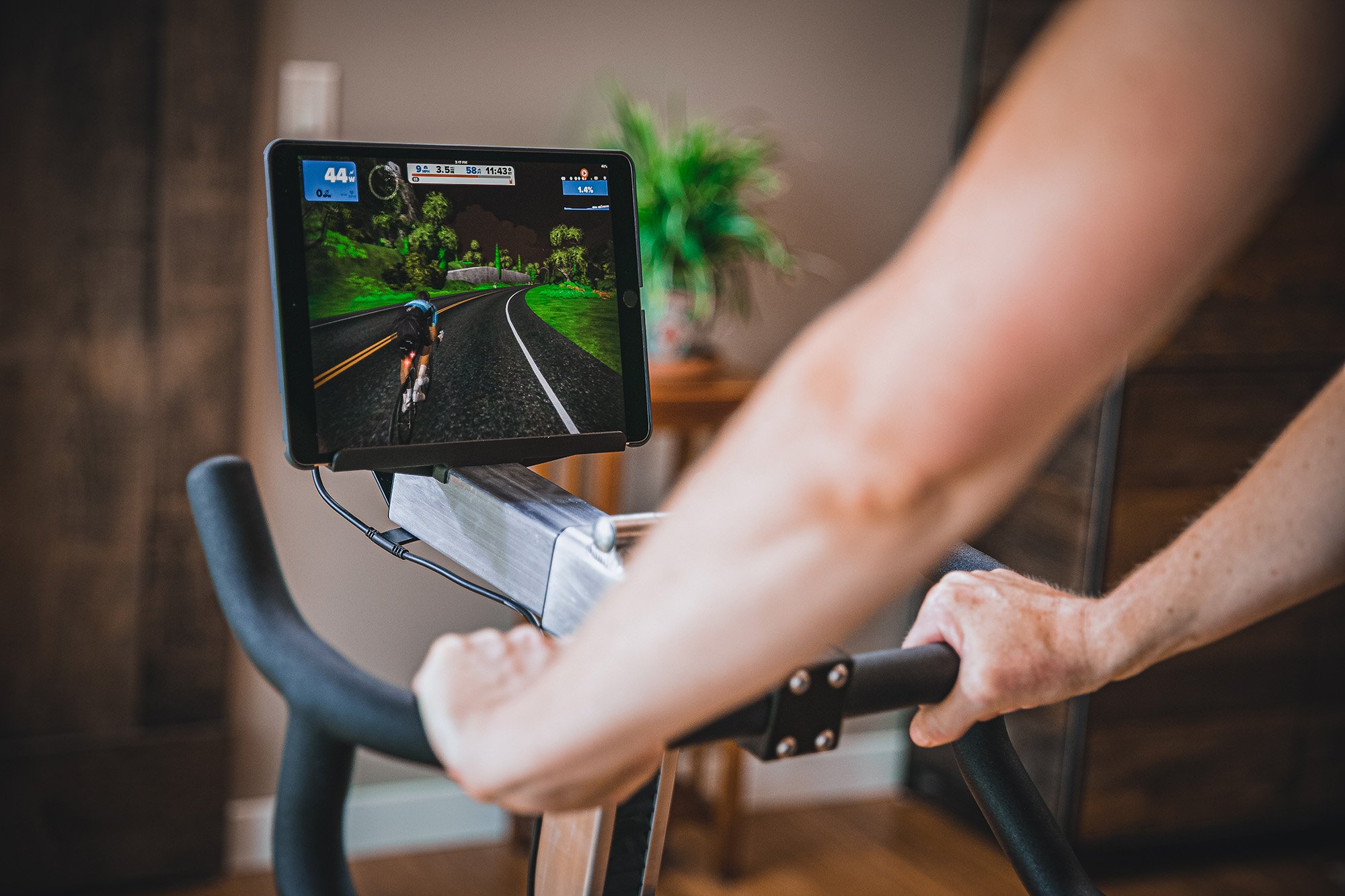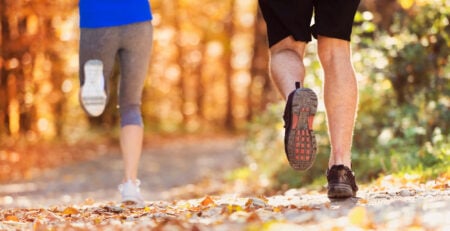3 things every swimmer should focus on during winter training
Winter is a time when the pool becomes less and less appealing. It is even tough to hit the heated pool when you have to arrive bundled up in your winter clothing and have to strip down and walk to the pool-deck in skimpy lycra. Not to mention the trip back from the pool to the changeroom. Fortunately Winter is also a time where there are less swimming events and triathlons so it is an ideal time to cut back on the laps and allocate some time for making improvements outside of the water. Often, a change in approach to training is just what we need to push through a threshold point in our form.
Flexibility
Probably the most significant aspect of our conditioning, that is neglected while piling on the metres in the pool, is flexibility. Swimming is a very technical sport, where technique is of more importance than physical conditioning. Tight, fatigued muscles restrict the range of motion in the joints, so spending time improving your flexibility, when there is no pressing need to hit mileage targets, is a great idea. The lower weekly mileage will also result in less overall fatigue, making the muscles more responsive to the stretching.
All the muscles involved in swimming should be focused on but most important are the shoulders and ankles. Achieving the ‘high elbow’ catch is one of the most sought-after abilities amongst freestyle swimmers. Shoulder flexibility is critical in achieving this. Place specific attention on the pectorals which develop and shorten as a result of freestyle swimming.
Long distance freestylers don’t rely on the kick for propulsion as much as sprinters do but an inefficient kick will drag the legs and hips down and result in bad body position. Efficient kicking relies on flexible ankles. This is especially a problem for triathletes because running generally causes a lack of mobility in the ankle.
Strength Training
Building strength in the main propulsion muscles is also a good idea in the off-season. Weight training, focused on building strength and power in the pectoral and latissimus-dorsi groups, should form the staple of your work in the weight room. Old favourites like: bench-press and lat-pull-down are effective but variety should be stressed. Don’t be afraid to challenge yourself with regards to weight but always be conscious of maintaining your full range of motion in each exercise. We don’t want to undo the flexibility work that we are doing and training through a full range of motion with a moderate weight will actually help improve flexibility.
Static weight training will definitely provide performance gains but the biggest improvements will come from more functional movements. Explosive training using weighted medicine balls and slam balls is brilliant for improving strength and power in the trunk, arms and shoulders while forcing the body to stabilise itself from the core. A strong core is important in all sports but especially in freestyle swimming where much of the propulsive force comes as a result of good body rotation around the body’s central axis.
Dryland Training
Then there are the dryland training options, which are a warmer alternative to getting in the water. Machines like the new Concept 2 Ski Erg can be used to simulate the swim stroke in a standing position. Allowing the swimmer to still focus on the high elbow catch, pull through and hip rotation, as they would in the water. The Ski Erg allows the athlete to vary resistance to elicit the different, desired workout result. Endurance, power and speed can all be trained while maintaining good technique. The ability to see and control the movements accurately may even translate to better technique in the water.
Concept2 SkiErg
The Concept2 SkiErg mimics nordic skiing and common swim strokes in its low impact action. Build strength, endurance, and flexibility using this dryland training tool perfect for swimmers & triathletes.
As opposed to the old method of dryland training, using bungy cords, the Ski Erg measures and displays all the training variables: power; heart rate; stroke rate (cadence) etc. Making spending time on dry land much more stimulating and measurable than it has ever been before. It is also a great piece of equipment for performing testing, as conditions can be perfectly controlled and repeated. The Concept 2 Ski Erg is to swimmers what the Bike Erg is to cyclists. An indoor alternative training environment that will supplement and help improve the athlete’s abilities when they perform in the pool, dam or ocean.
So the off-season need not be a period of drudgery where we drag ourselves to the pool or spend mind-numbing minutes facing a wall, pulling on a bungy cord. It should be a time of variety and interesting and stimulating workouts that result in hitting the pre-season at new levels of performance.






Leave a Reply